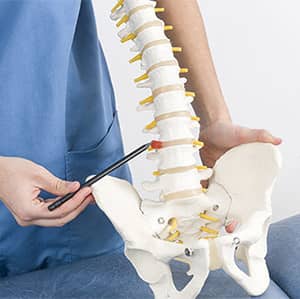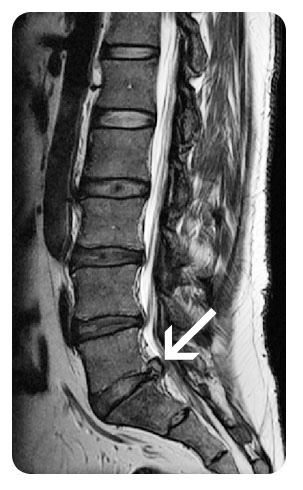

If your symptoms suggest a cervical herniated disc, rest and rehabilitation (rehab) often are recommended before further testing is done.

Your doctor will ask about pain and numbness that might be caused by irritation of one or more of the nerves in the cervical spine.

How is it diagnosed?Ī doctor usually can diagnose a cervical herniated disc from your history of symptoms and a physical exam. In some cases a very large herniated disc in the neck may cause weakness or unusual tingling affecting other parts of the body, including the legs. Herniated discs in the neck (cervical spine) can cause pain, numbness, or weakness in the neck, shoulders, chest, arms, and hands. This causes the disc to bulge, break open (rupture), or break into fragments. The jellylike material (nucleus) inside the disc may be forced out through the tears or cracks in the capsule. These injuries may cause tiny tears or cracks in the outer layer (annulus or capsule) of the disc. A herniated disc also may result from injuries to the spine. (This is also called disc degeneration.) As we age, our discs lose some of the fluid that helps them stay flexible. What causes it?Ī cervical herniated disc usually is caused by wear and tear of the disc. The seven vertebrae between the head and the chest make up the cervical spine. Herniated discs can occur in any part of the spine, but they are most common in the neck (cervical) and lower back (lumbar) spine. If they become damaged, they may bulge abnormally or break open (rupture), in what is called a herniated or slipped disc. When these discs are healthy, they act as shock absorbers for the spine and keep the spine flexible. The bones (vertebrae) that form the spine in your back are cushioned by round, flat discs. Condition Basics What is cervical disc herniation?


 0 kommentar(er)
0 kommentar(er)
